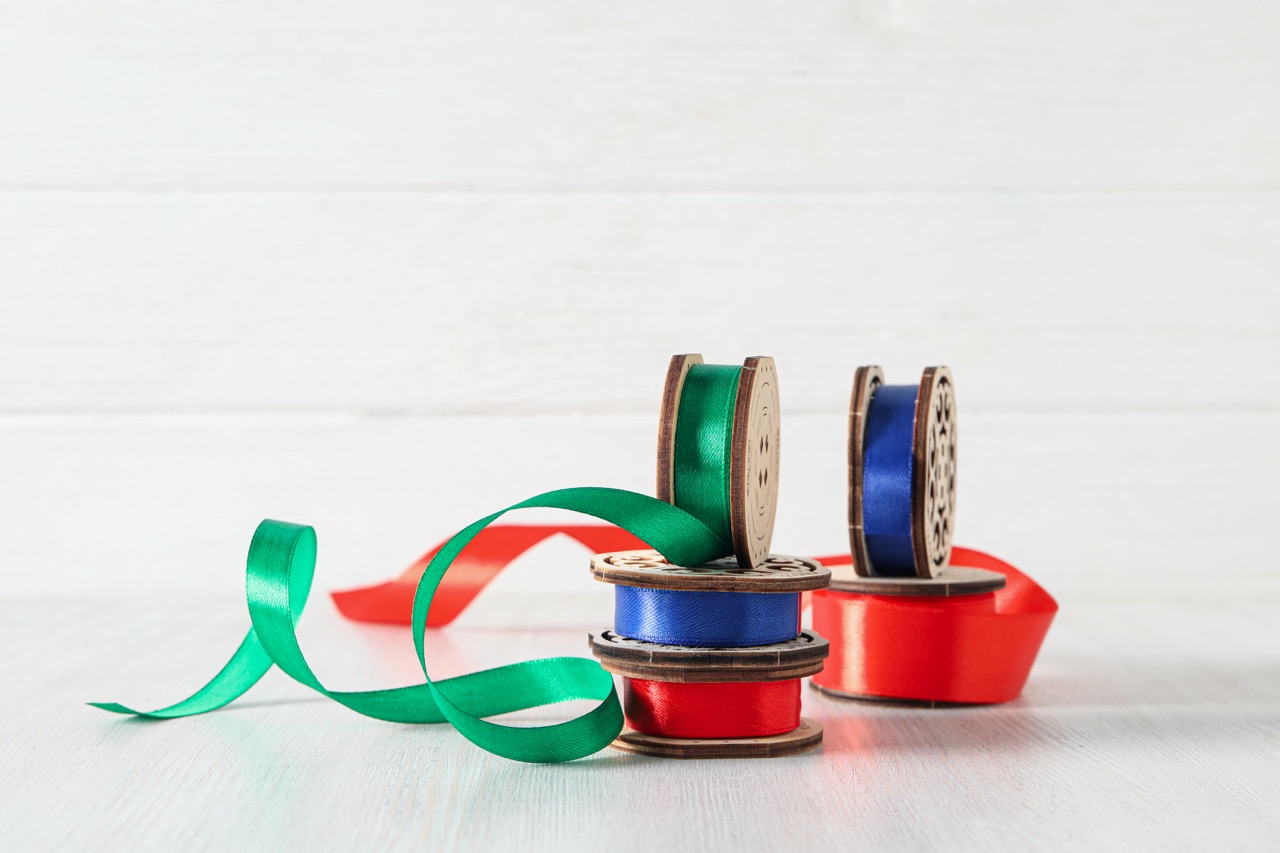Ribbons have woven their way through the fabric of human history, representing a plethora of meanings across cultures. From simple adornments to complex symbols of identity and tradition, ribbons are an artistic form that transcends geographical boundaries. As we explore ribbon styles across cultures, we uncover the rich narratives that these elegant pieces of fabric tell—each fold and twist carrying with it stories of joy, sorrow, celebration, and remembrance.
This article delves into the diverse roles ribbons play in various societies, examining their historical significance, symbolic meanings, and their evolution through modern craftsmanship. By understanding these elements, we gain insight into the broader cultural narratives that ribbons embody.
The Art of Ribbons: A Global Cultural Perspective
Ribbons, in their many forms, serve as vibrant expressions of culture and artistry. From the intricately woven sashes of the Andean communities to the delicate satin embellishments found in European fashion, the art of ribbon-making highlights the creativity and resourcefulness of societies worldwide. Each region brings its own aesthetic and technique, transforming ribbons into cultural artifacts infused with local traditions, craftsmanship, and symbolism.
Despite their physical simplicity, ribbons hold profound significance in their respective cultures. In many societies, they are used for more than mere decoration; ribbons signify status, heritage, and connection to traditions. As we journey through various cultures, we begin to see how these slender strips of fabric possess the power to convey deep emotional resonance and communal identity.
Historical Significance of Ribbons in Various Societies
Ribbons have played a crucial role throughout history, often marking significant milestones and events. In ancient civilizations, ribbons were utilized in religious ceremonies and rites of passage. For example, in some Native American tribes, colored ribbons were used in ceremonies to honor ancestors and invoke spiritual guidance. Similarly, in ancient Greece, they served to adorn statues of deities and were often seen in sacred contexts.
The evolution of ribbons is also tied to political movements and social change. Ribbons have been employed as identifiers for various causes, such as the yellow ribbon for those serving in the military or pink ribbons symbolizing breast cancer awareness. This historical progression underscores how ribbons have transformed from mere decorative elements into powerful vehicles for social commentary and collective memory.
Ribbons as Symbols: From Celebration to Mourning
Across cultures, ribbons encapsulate a spectrum of emotions, from the heights of celebration to the depths of mourning. Brightly colored ribbons are often used in festive contexts—think of the vibrant ribbons that adorn birthday gifts or the intricate ribbon work seen during weddings and festivals. They symbolize joy, love, and the spirit of togetherness, enhancing the celebratory atmosphere of events.
Conversely, the use of black ribbons has become synonymous with mourning in many cultures. They are worn as a sign of respect and remembrance for those who have passed. For example, during periods of national mourning, citizens may wear black ribbons to honor victims of tragedy. This duality in the symbolism of ribbons showcases their versatility and power to convey complex emotions and societal values.
Crafting Identity: Ribbons in Traditional Attire
In many cultures, ribbons are essential components of traditional attire, serving as both functional and decorative elements. For instance, the colorful ribbons of the Huichol people in Mexico are woven into their traditional garments, reflecting their spiritual beliefs and cultural narratives. These ribbons not only enhance the aesthetic appeal of the attire but also connect the wearer to their heritage and community.
Similarly, in Scotland, tartan ribbons are crucial for Highland dress, signifying clan identity and loyalty. As individuals don their traditional attire adorned with ribbons, they are not merely dressing; they are embodying their lineage, stories, and the values of their ancestors. Thus, ribbons are more than fabric; they are threads of identity that stitch together personal and collective histories.
The Language of Ribbons: Colors and Meanings Explored
The colors of ribbons are laden with meanings that can vary dramatically across cultures. Red, often associated with love and passion in Western contexts, may signify good fortune and joy in Asian cultures. Meanwhile, green can represent fertility and nature in some nations, while in others, it may symbolize Islam or hope. This rich tapestry of color symbolism invites exploration into how different societies interpret these hues.
In many indigenous cultures, specific colors are tied to natural elements and spiritual beliefs, serving as a language of their own. For instance, in certain Native American tribes, colors like turquoise hold sacred significance, embodying connection to the earth and sky. Understanding these color meanings adds depth to the use of ribbons, allowing us to appreciate the nuances that differentiate their cultural applications.
Ribbon Styles in Asian Cultures: A Closer Look
Asian cultures exhibit a remarkable diversity in ribbon styles, each reflecting unique traditions and aesthetics. In Japan, for instance, the art of "tsumami kanzashi" involves meticulously folding silk ribbons into intricate flower shapes, which are then used to adorn hairstyles, particularly during festivals and ceremonies. This technique not only showcases artistry but also connects the individual to Japan’s rich cultural heritage.
In China, ribbons are often used in traditional attire, such as the qipao, where they are intricately integrated into the garment’s design. The vibrant colors and patterns of these ribbons often hold auspicious meanings, conveying wishes for prosperity and happiness. The diverse applications of ribbons across Asian cultures highlight their significance and adaptability, serving both decorative and communicative purposes.
European Elegance: The Role of Ribbons in Fashion
In Europe, ribbons have long been entwined with fashion, from the opulent court costumes of the 17th century to contemporary haute couture. Historically, ribbons adorned garments of nobility, serving as symbols of wealth and status. The elaborate use of ribbons in these outfits showcased not only fashion but also social hierarchies, as the finest materials and intricate designs were reserved for the elite.
Today, ribbons continue to play a pivotal role in European fashion, often used to accentuate dresses, accessories, and hairstyles. Designers incorporate ribbons in innovative ways, setting trends that bridge tradition and modernity. Whether it’s a chic ribbon belt cinching a dress or delicate ribbon ties on shoes, the elegance of ribbon styles remains a staple of European fashion aesthetics.
African Heritage: Ribbons in Tribal and Modern Art
In many African cultures, ribbons are not just decorative elements but integral to the expression of cultural identity and heritage. Traditional African textiles often incorporate ribbons in vibrant patterns, reflecting regional aesthetics and the narratives of the communities that produce them. These ribbons may signify status, belonging, or connection to a particular tribe or tradition.
Modern artists in Africa are reinterpreting ribbons in contemporary art forms, using them to address social issues and celebrate heritage. Exhibitions featuring ribbon-based artworks often explore themes of identity, movement, and transformation, showcasing how these materials can be a powerful medium for storytelling. Through both traditional and modern expressions, ribbons continue to resonate within African cultural landscapes.
Ribbons in Indigenous Cultures: Stories Woven in Fabric
Indigenous cultures around the world use ribbons to tell stories and convey deep cultural significance. In many Native American tribes, ribbons are incorporated into ceremonial regalia, symbolizing connections to the earth, ancestors, and community. The colors and styles of these ribbons often have specific meanings tied to tribal history and identity, allowing wearers to express their heritage through visual language.
Similarly, in the Māori culture of New Zealand, ribbons are used in traditional weaving and adornment practices. The incorporation of feathers and colored ribbons into cloaks and headpieces tells stories of lineage and cultural pride. This storytelling aspect underscores how ribbons transcend their physical form, acting as vessels for cultural narratives and communal memory.
Celebratory Ribbons: Festivals and Their Unique Styles
Festivals around the globe often feature ribbons as central elements of celebration. For example, during the May Day festivities in Europe, colorful ribbons are used in "maypole" dances, symbolizing the arrival of spring and community unity. The act of weaving ribbons around the pole creates a visual tapestry of togetherness and joy, embodying the spirit of the celebration.
In Latin America, vibrant ribbons play a critical role in festivals such as Día de los Muertos, where they adorn altars and decorations in celebration of deceased loved ones. These ribbons not only enhance the visual splendor of the festivities but also carry symbolic meanings related to remembrance and connection. The unique styles of ribbons in various celebrations highlight their significance as both decorative and meaningful elements of cultural expression.
DIY Ribbon Crafts: Blending Cultures into Art
The popularity of DIY projects has led to a resurgence of interest in ribbon crafts, allowing individuals to explore and blend cultural styles in their creations. From homemade wreaths adorned with ribbons reflecting different traditions to personalized gifts, crafting with ribbons provides an avenue for artistic expression and cultural appreciation.
Online platforms and social media have further fueled this trend, as creators share tutorials and ideas that span global influences. By integrating ribbons from various cultures into their crafts, individuals are fostering a greater understanding of cultural diversity while creating unique pieces that celebrate the artistry of ribbons. This DIY movement not only honors traditional uses of ribbons but also encourages innovation and creativity.
The Future of Ribbons: Trends and Innovations Worldwide
As we move into the future, ribbons continue to evolve, reflecting societal changes and technological advancements. Sustainable materials are becoming a focus for ribbon production, with eco-friendly options gaining popularity among consumers seeking to make conscious choices. This shift towards sustainability is not just a trend but a movement towards responsible consumption and artistic practices.
Innovations in design and usage are also emerging, particularly in the realm of fashion and decoration. Ribbons are finding new life in digital forms, being used in virtual fashion shows and digital art that push the boundaries of traditional ribbon applications. As cultures continue to intersect and influence one another, the future of ribbons promises to be as dynamic and multifaceted as the cultures they represent.
Exploring ribbon styles across cultures reveals a rich tapestry of meanings, traditions, and innovations that transcend borders. These seemingly simple strips of fabric tell complex stories woven through history, identity, and celebration. As we embrace the artistry and cultural significance of ribbons, we recognize them not merely as decorative elements but as powerful symbols that connect us to the narratives of our past and the possibilities of our future. In a world that increasingly values diversity and creativity, the humble ribbon continues to serve as a vibrant thread in the fabric of global culture.










